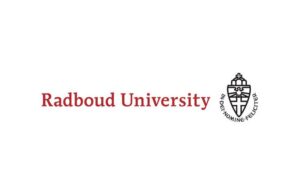 A consortium in the Netherlands received a $20 million (€19 million) “roadmap” grant from NWO (the Dutch Research Counsel).
A consortium in the Netherlands received a $20 million (€19 million) “roadmap” grant from NWO (the Dutch Research Counsel).
Led by the Donders Institute for Brain, Cognition and Behaviour (Radboud University), the consortium aims to build a high-level MRI scanner. The researchers say it will be the world’s first MRI scanner with a magnetic field strength of 14 Tesla.
Every two years, the Dutch Ministry of Education, Culture and Science makes funds available to NWO. These funds cover the country’s “National Roadmap Large-Scale Research Infrastructure.” The grants enable the construction or renewal of essential research infrastructure in the Netherlands.
The “Dynamic” project seeks to build the world’s strongest MRI scanner. Its high sensitivity could allow scientists to image the brain in more detail, better understanding brain function. This could also enable new insights into the mechanisms of diseases and their treatment throughout the body.
“The new MRI scanner will be placed in on the Nijmegen campus, but the scanner will be a tremendous resource for the Dutch scientific community and collaborate with international partners,” said David Norris, project leader and professor of magnetic resonance Physics at the Donders Institute of Radboud University. “With this new sensitive scanner, we intend to open new areas of research for the entire scientific community.”
About the plans for the MRI scanner
Anja van der Kolk, neuroradiologist/clinician-scientist at Radboud, called the scanner “of great importance” for brain disorder research.
“The number of people with brain disorders is large and will only increase in the upcoming years. For many of these disorders, no effective treatment is currently available, because we do not know how they develop. With the 14T MRI-scanner, we will be able to see in great detail, without needing surgery, what happens to the brain when it becomes ill, even at an early stage. With this information we hope to find new options for treatment, or even prevention, of these disorders.”
Dennis Klomp, professor at UMC Utrecht, noted that it provides a “unique” non-invasive view into the human body. Uses could include observing diseases and the influences of medication. They plan to study the effects of new treatments in heterogenous tissues, such as tumors.
Elia Formisano, professor of neural signal analysis at Maastricht University, said the scanner could “revolutionize” non-invasive neuroscience. It may enable the mapping of neural circuits in humans with improved spatial resolution.